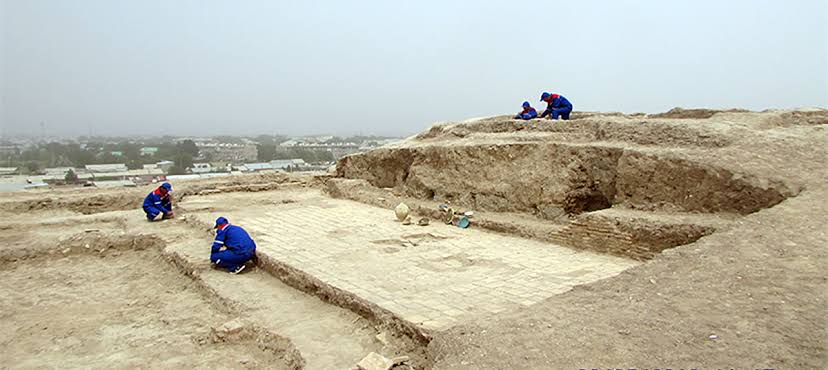International Conference Explores Legacy of Ancient Amul Fortress in Turkmenistan

Turkmenabat, The Gulf Observer: The city of Turkmenabat, situated in the Lebap velayat of Turkmenistan, recently played host to the esteemed International Scientific and Practical Conference titled “Ancient Amul Fortress: Keeper of the Secrets of the Past,” as reported by TDH.
Dedicated to the medieval Amul fortress’s inclusion in the transnational site “The Great Silk Road: Zarafshan-Karakum Corridor,” which was inscribed on the UNESCO World Heritage List in September 2023, the conference garnered participation from renowned Turkmen and foreign historians, archaeologists, ethnographers, and orientalists. Representatives from countries including Great Britain, Russia, Kazakhstan, Kyrgyzstan, Tajikistan, and Uzbekistan joined the forum to delve into the fortress’s historical significance and its role in shaping civilizations along the ancient Silk Road.
Organized collaboratively by the Academy of Sciences of Turkmenistan, the National Commission for UNESCO, and the local authorities of Lebap velayat, the conference provided a platform for scholarly discourse and exchange of insights into Amul’s rich cultural heritage.
Prior to the conference, delegates had the opportunity to explore the open-air settlement of Amul, immersing themselves in the architectural marvels and historical artifacts showcased at the local museum. This immersive experience offered firsthand encounters with the tangible remnants of medieval life, enriching the delegates’ understanding of Amul’s legacy.
President Serdar Berdimuhamedov of Turkmenistan conveyed his heartfelt welcome to the conference participants through a special address, underscoring the pivotal role of the forum in illuminating Amul’s profound influence on the course of civilizations and fostering international collaboration in heritage preservation.
Throughout the conference, scholars deliberated on the findings of archaeological excavations conducted at key Silk Road sites, including Amul, Merv, and Kunyaurgench. Discussions revolved around artifacts shedding light on Turkmenistan’s rich material culture during the medieval era, highlighting the region’s significance as a crossroads of civilizations.
The conference concluded with a collective resolve to advocate for the continued nomination of Turkmenistan’s historical sites along the Silk Road for UNESCO World Heritage status, further underscoring the nation’s commitment to preserving its cultural legacy and strengthening cooperation with international organizations such as UNESCO in safeguarding shared heritage.


